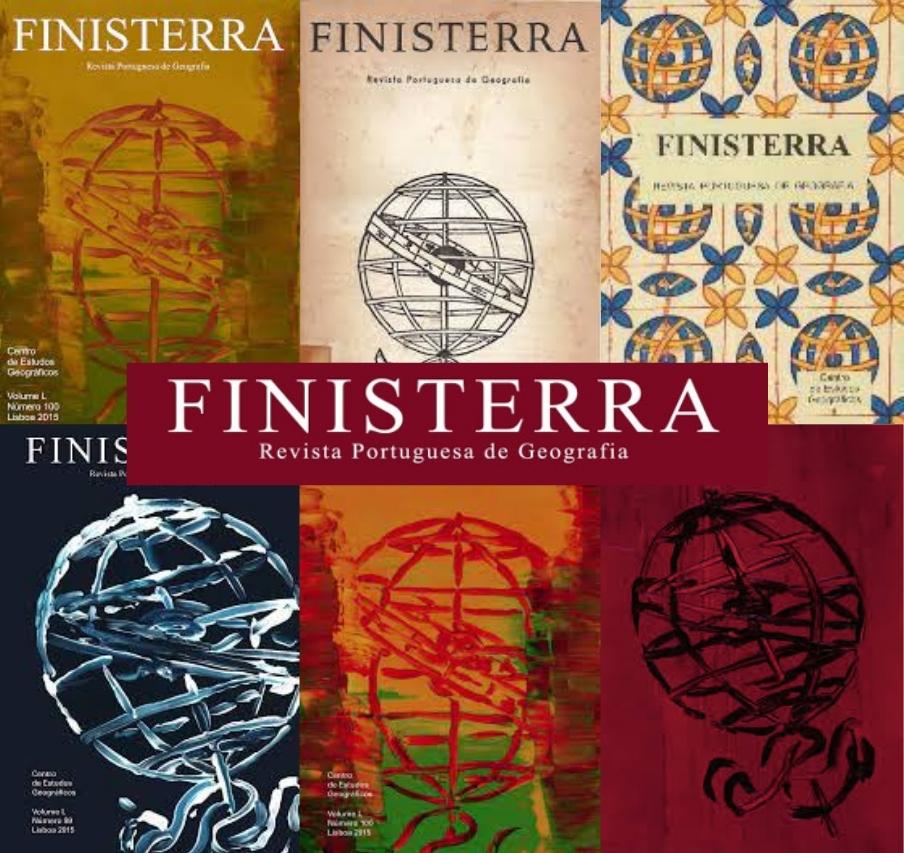Green areas and vitamin D status:
Analysis with women living in a medium-sized city with a tropical climate
DOI:
https://doi.org/10.18055/Finis28605Abstract
Vitamin D deficiency is a global health problem and approaches that consider Nature-Based Solutions (NbS) can bring new perspectives of solution. About 80% of the amount of vitamin D that the body needs is produced endogenously through exposure of the skin to ultraviolet B (UVB) radiation from sunlight. The average UVB exposure in urban areas will depend in part on the local climate and the amount of cover and types of trees. The study analyzed the association between green areas and vitamin D levels. A sample of 101 women aged 35 years and over, living in the city of Araraquara, Brazil, was analyzed. The Normalized Difference Vegetation Index (NDVI) was calculated as an indicator of exposure to green areas, being defined as the surrounding residential vegetation. A logistic regression model was used to analyze the association between residential vegetation index and vitamin D status. A statistically significant positive association was observed between exposure to below-median residential surrounding vegetation index and prevalence of insufficient levels of 25(HO)D (P=0,03). The study shows that lower levels of residential green are associated with a higher prevalence of vitamin D insufficiency. NbS approaches contribute to a better understanding of suitable environments for achieving good levels of vitamin D, avoiding the need for pharmaceutical supplementation of the nutrient.
Downloads
Downloads
Published
How to Cite
Issue
Section
License
Copyright (c) 2022 Finisterra

This work is licensed under a Creative Commons Attribution-NonCommercial-NoDerivatives 4.0 International License.
-
Authors are responsible for the opinions expressed in the texts submitted to Finisterra.
-
Authors retain copyright and grant the journal right of first publication with the work simultaneously licensed under a Creative Commons Attribution License that allows others to share the work with an acknowledgement of the work's authorship and initial publication in this journal.
-
Authors must commit to complying with the “Guidelines for article submission”, on the RCAAP platform.
-
Whenever a text may require amendments based on suggestions made by the Scientific Reviewers and/or the Executive Committee, authors must agree to accept these suggestions and implement the requested changes. If authors disagree with any of the amendments suggested, they will need to provide justifications for each individual case.
-
Reproduction of materials liable to copyright laws has been granted permission in advance.
-
Texts are original, unpublished and have not been submitted to other journals.
License URL CC Attribution-NonCommercial-NoDerivatives (BY-NC-ND)




_(2).jpg)

